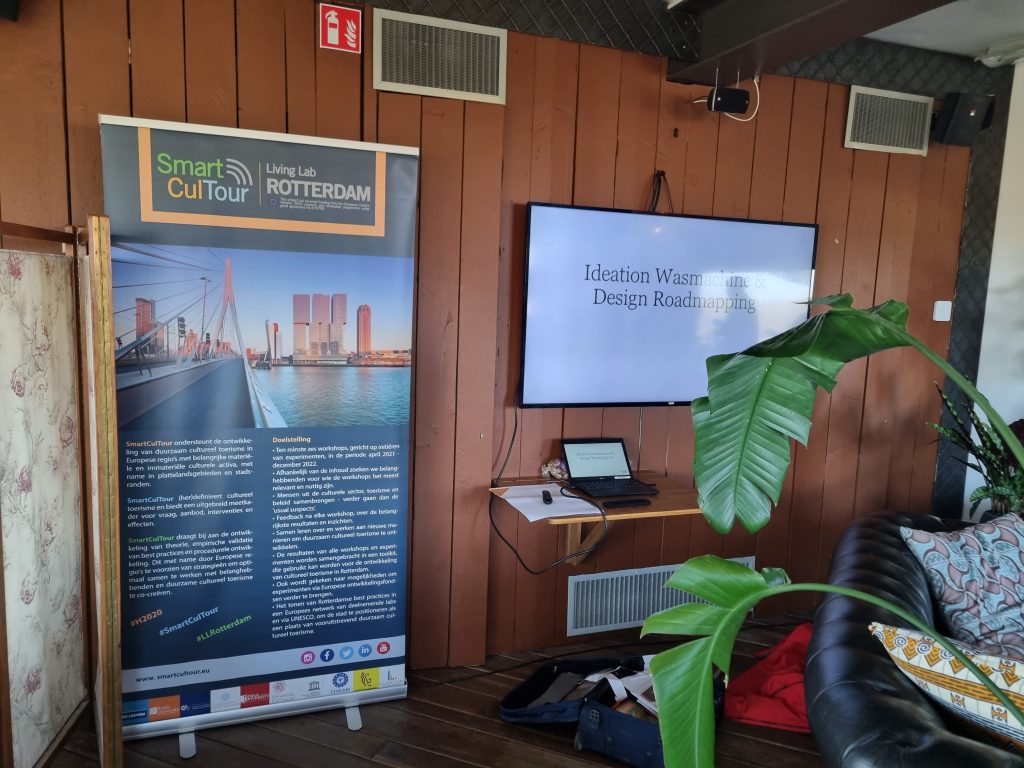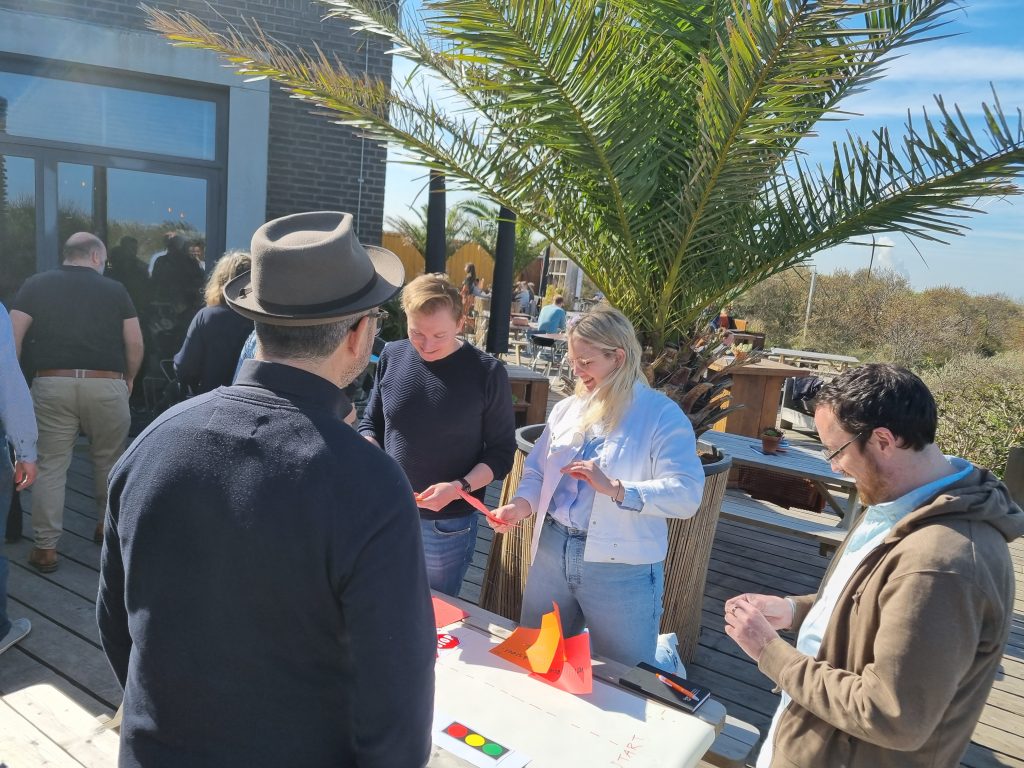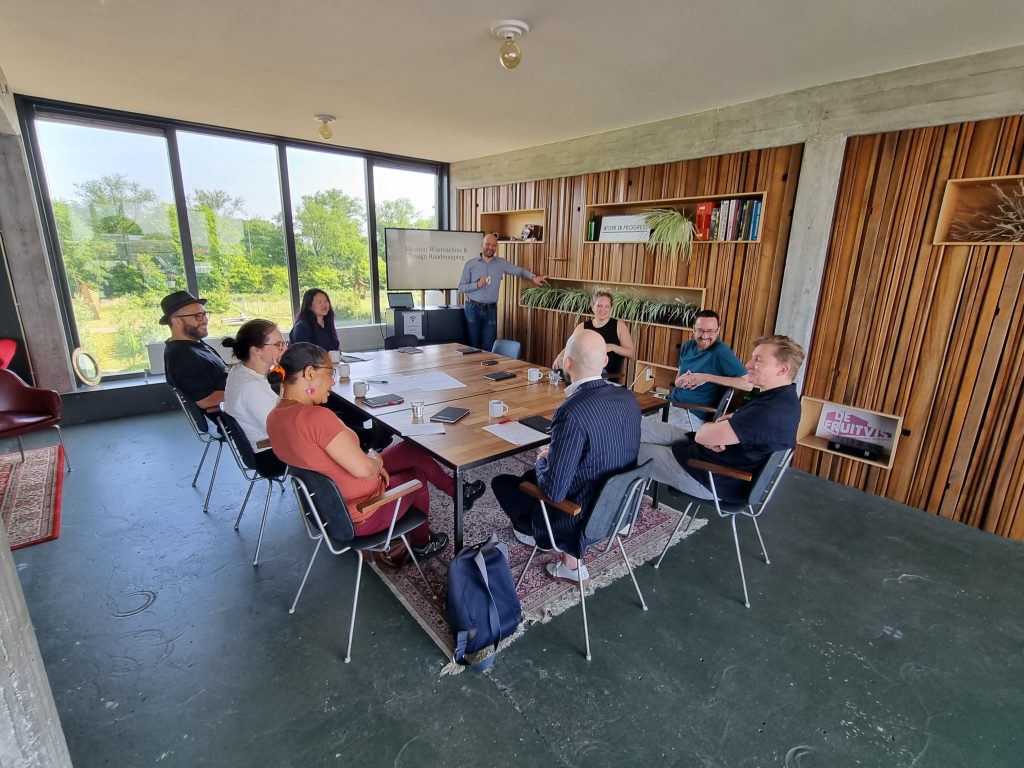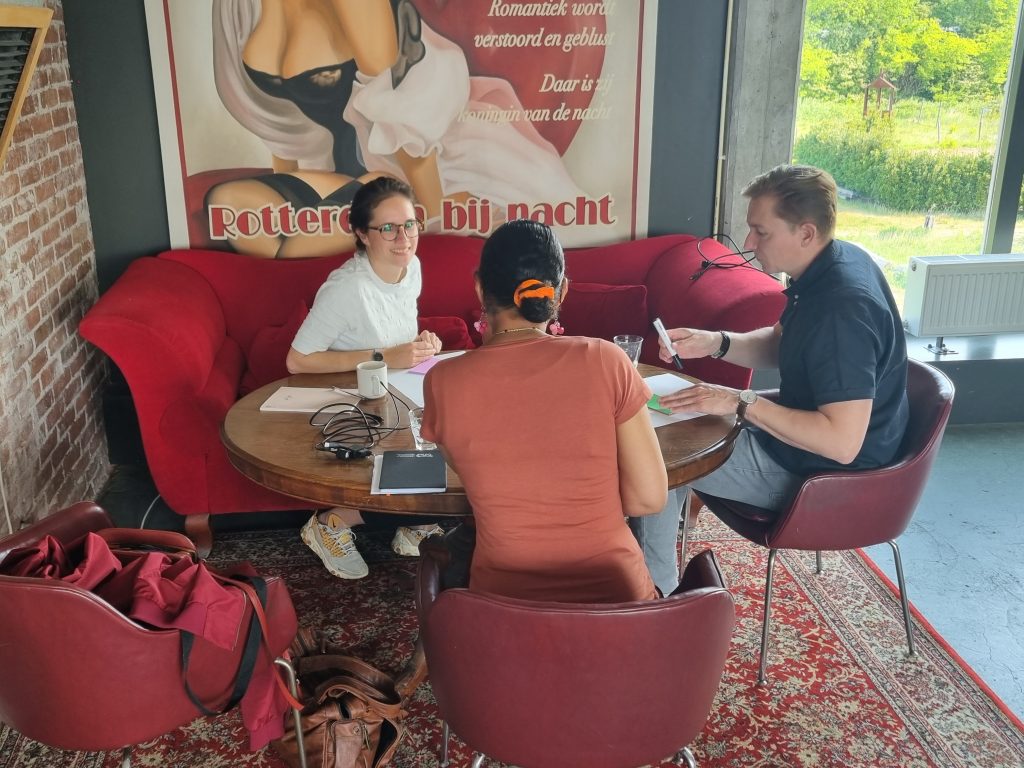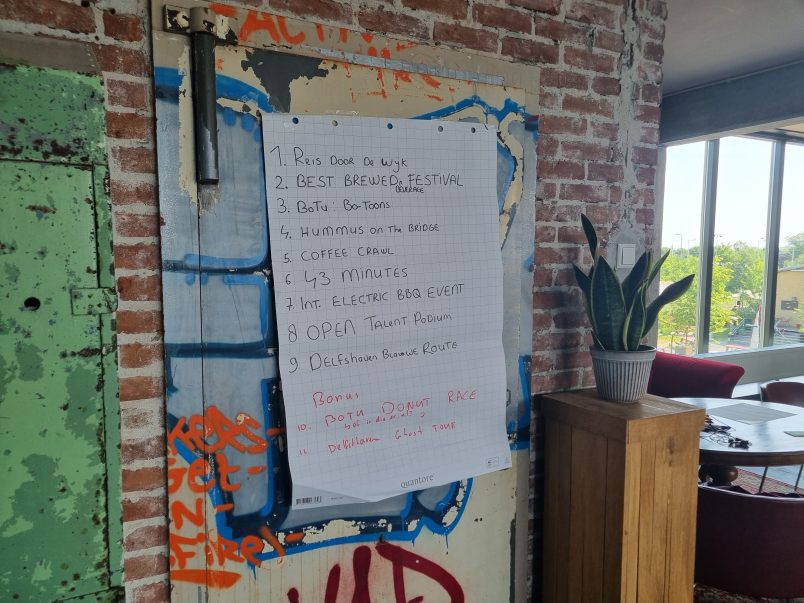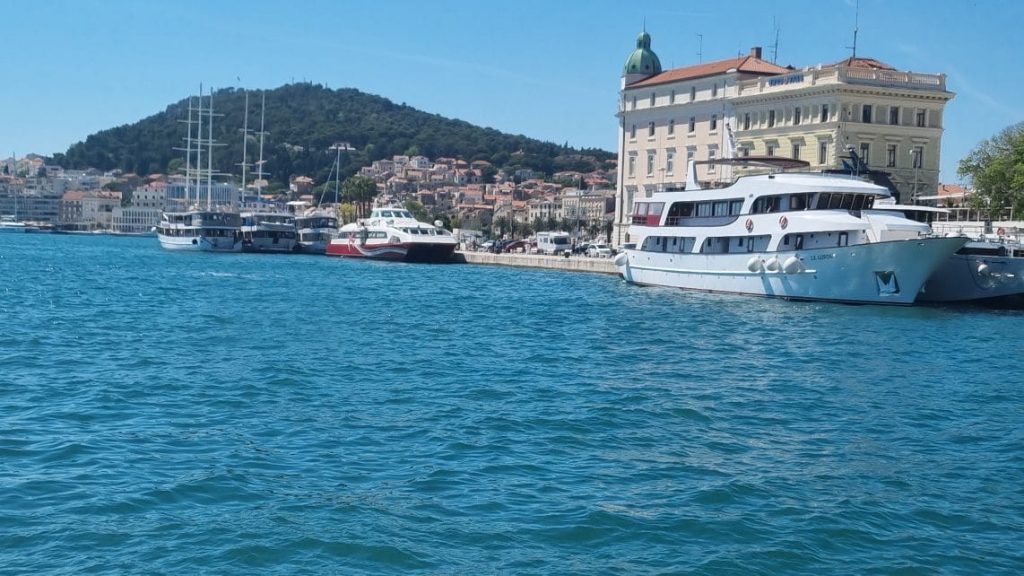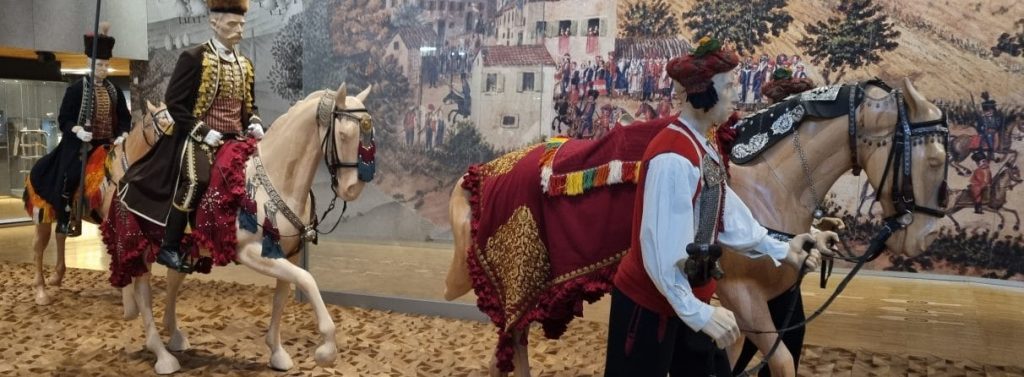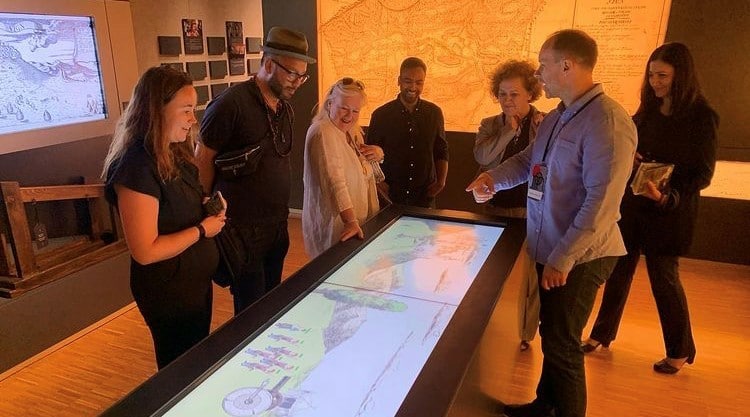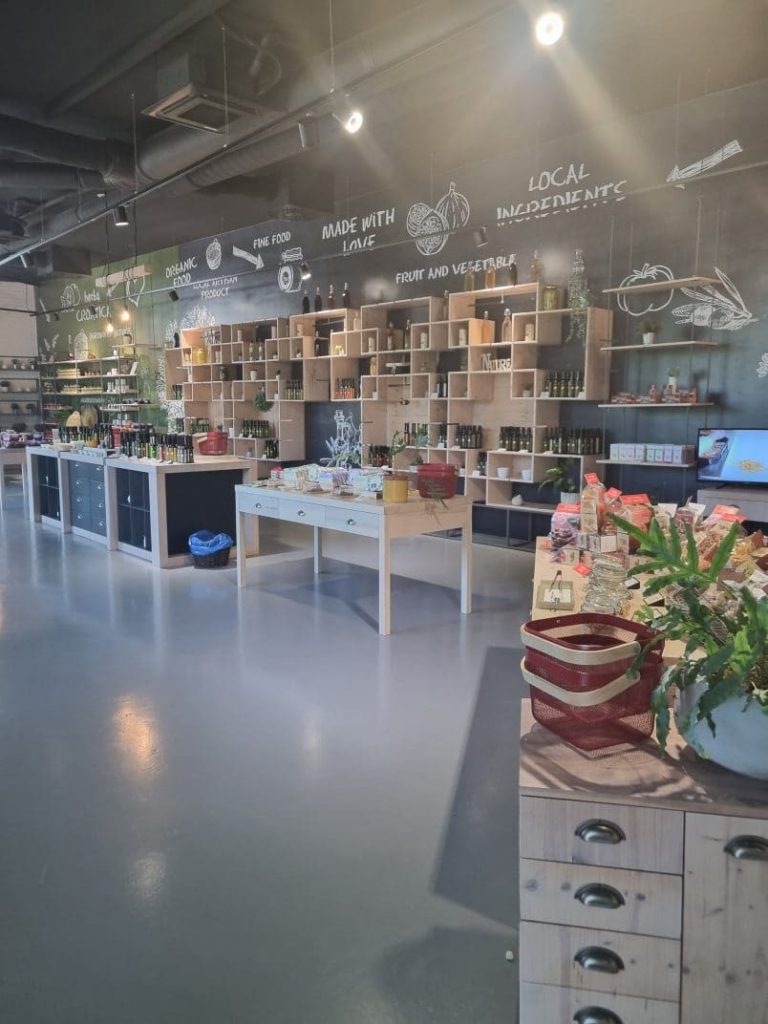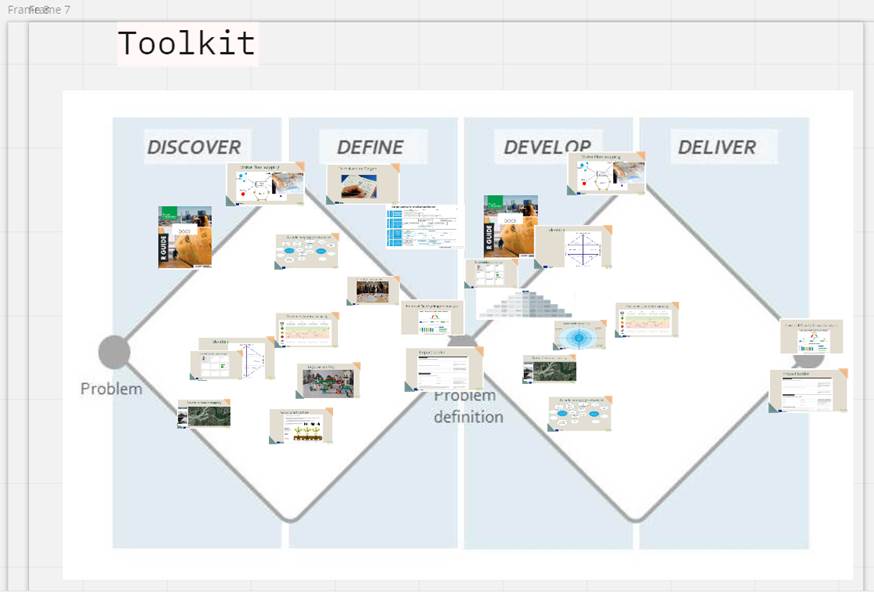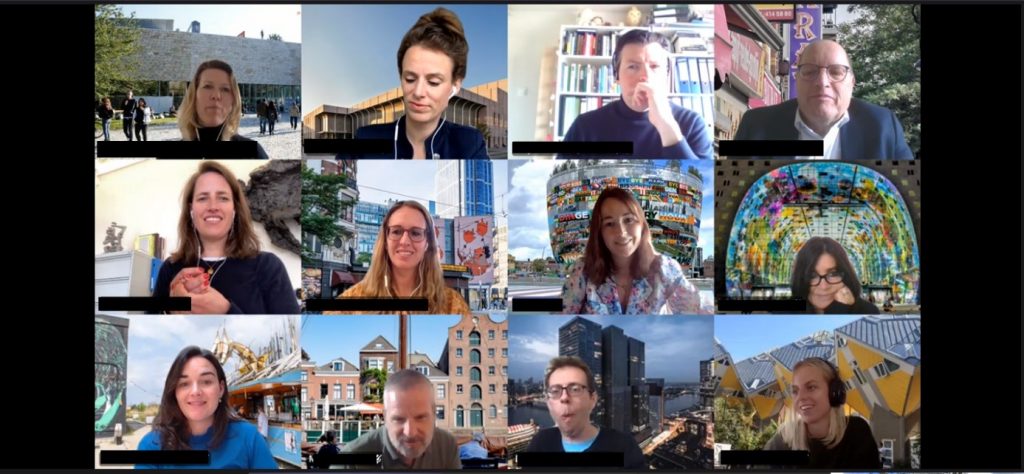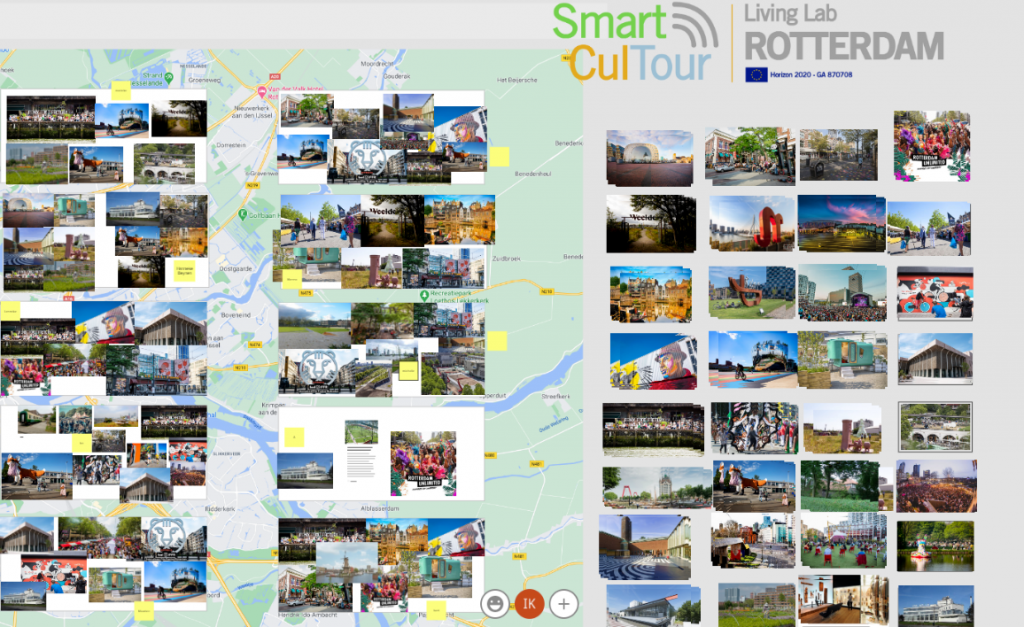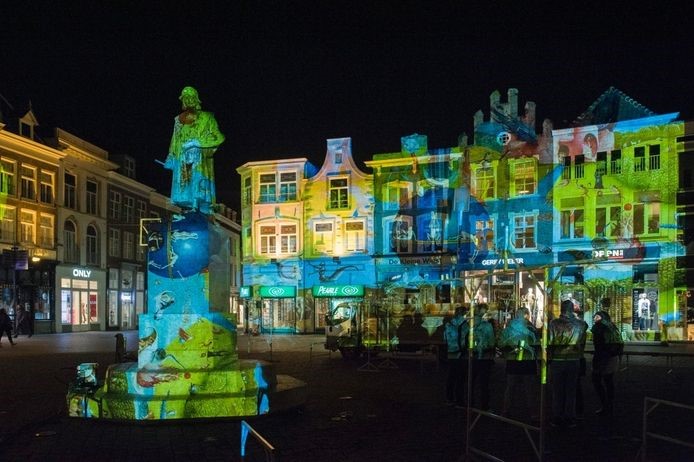A roadmap for Hoek van Holland and Bospolder-Tussendijken
In April and May, stakeholders from Hoek van Holland and Bospolder-Tussendijken worked on a roadmap for both districts. Based on ideas and inspiration from earlier sessions, stakeholders worked to make a timeline more concrete, where interventions aimed at sustainable cultural tourism would be given a logical place. For the time being, the sessions were the last major brainstorming sessions within the framework of the European project SmartCulTour.
SmartCulTour in Rotterdam
The Urban Leisure & Tourism Lab Rotterdam is one of the six living labs participating in the European project SmartCulTour, which is funded by the European Commission within the framework of the H2020 programme. The aim of the living labs is to encourage networking between stakeholders in the tourism sector in order to develop best practices and innovative solutions for sustainable cultural tourism, which can then be shared with other European regions.
In recent months, several meetings have taken place in Hoek van Holland and Bospolder-Tussendijken. Neighbourhoods with great potential for the further development of sustainable cultural tourism. Want to know more about the meetings? Read here the article about the Serious Gaming sessions in the districts.
Hoek van Holland
On 14 April the roadmap session for Hoek van Holland took place in PLSTK-café. The session was a continuation of the previous sessions which focused on tools such as participatory system mapping, house of quality and serious gaming. The aim of the session on 14 April was to create ideas for the development of Hoek van Holland and at the same time to outline potential development paths.
New ideas are often difficult to come up with but are necessary to achieve innovations. We often revert to ideas from the past to try and make something new out of them. However, these ideas are often not very innovative. Wild ideas, on the other hand, can lead to innovations. To get to these wild ideas, the ‘ideation washing machine’ was used during the session. This is a tool that helps stakeholders to think out of the box and come up with wild ideas. Three elements were put in the washing machine, namely; the interventions from the previous sessions, elements that make Hoek van Holland the way it is and things that make the participants happy.
The elements were successfully mixed and worked out within a maximum of five minutes each. This resulted in new ideas, such as
– Various stories and experience routes
– Adding nature and gastro elements to a hip campsite
– Boulevard with balls; a lively boulevard with activities for young and old
– Various dining concepts such as: bunker in the bunker
Next, the stakeholders started working with the ‘Design Roadmapping Tool’. This tool can help areas to make conscious choices by stimulating discussion about:
– Developing types of experiences and what is missing for specific groups
– Timeline and prioritisation of interventions and ideas
– Who within an area, city should have a mandate.
By actually placing the roadmap on a long table, the stakeholders came up with nice timelines. As a follow-up to this session, the researchers involved in SmartCulTour will produce an action report that various participants can elaborate on in order to further perpetuate sustainable cultural tourism in the Hook of Holland.
Bospolder-Tussendijken
On 18 May, the roadmap session in Bospolder-Tussendijken took place at De Fruitvis. The session had the same set-up as the roadmap session in Hoek van Holland. Of course, this time stakeholders from Bospolder-Tussendijken joined the session.
The ‘ideation washing machine’ again produced interesting ideas during this session, such as:
– Route through the neighbourhood – discover the world through the diversity in BoTu
– Best Brewed Beverage Festival – brew or drink delicious drinks (alcoholic and non-alcoholic)
– BoTu: Bo-Toons – special carrying boards to create new walking lines across the water
– International Electric BBQ Event – driving around electric BBQ event.
What is striking about all the ideas is that they mostly have to do with food and drink or celebrating the cultural diversity of the neighbourhood. These interventions are all fairly small-scale, but they are a better fit with the neighbourhood, where many small entrepreneurs work and where many ideas come from the neighbourhood itself.
The second part of the session was again the application of the ‘Design Roadmapping Tool’. The three timelines that were set out all started with an easy-to-organise event (e.g. coffee crawl), and then developed into larger interventions that require more structural funds and/or infrastructure. The interpretation in terms of responsibilities and mandates differed per group.
Naturally, the researchers will also come up with a concrete action report for this week, with which various stakeholders from Bospolder-Tussendijken can get to work.


